Benefits of Aquatic Physical Therapy
When it comes to physical therapy, we often think of traditional methods like exercise and manual therapy. However, there is a lesser-known approach that proves to be highly effective and enjoyable: aquatic physical therapy. Combining the therapeutic properties of water with targeted exercises, this unique form of therapy offers a wide range of benefits for individuals recovering from injuries or managing chronic conditions. Let's explore some of the remarkable advantages of aquatic physical therapy.
1. Reduced Impact and Increased Mobility:
The buoyancy of water reduces the impact on joints, making aquatic therapy ideal for individuals with conditions such as arthritis, fibromyalgia, or those recovering from orthopedic surgeries. The water's natural buoyancy helps support body weight, allowing for easier movement and greater range of motion. Research studies have shown that aquatic therapy can significantly improve mobility and reduce pain in patients with musculoskeletal disorders (1)(2).
2. Enhanced Muscle Strength and Balance:
Water provides natural resistance, enabling individuals to work against it during exercises. This resistance helps strengthen muscles without putting excessive strain on joints. Additionally, the properties of water challenge balance and stability, leading to improved proprioception and coordination. A study published in the Journal of Aquatic Physical Therapy found that aquatic therapy significantly improved muscle strength, balance, and functional mobility in elderly individuals (3).
3. Improved Cardiovascular Fitness:
Participating in aquatic exercises can also enhance cardiovascular fitness and endurance. Water-based activities like water aerobics or swimming engage multiple muscle groups simultaneously, increasing heart rate and improving overall cardiovascular health. According to research published in the Journal of Aging and Physical Activity, aquatic exercise has shown positive effects on blood pressure, heart rate, and aerobic capacity in older adults (4).
4. Effective Pain Management:
The hydrostatic pressure of water can provide a therapeutic effect, reducing pain and inflammation in the body. The gentle pressure exerted by water can ease joint swelling and stiffness, providing relief for individuals with conditions like arthritis or chronic pain. A study published in the Journal of Rehabilitation Medicine demonstrated that aquatic physical therapy led to significant pain reduction in patients with chronic low back pain (5).
Aquatic physical therapy offers a refreshing and effective approach to rehabilitation and wellness. From reducing impact and increasing mobility to improving muscle strength, balance, and cardiovascular fitness, the benefits of aquatic therapy are extensive. Whether you're recovering from an injury, dealing with a chronic condition, or simply looking for a gentle yet impactful exercise routine, diving into aquatic physical therapy may be the perfect solution.
Sources:
1. Becker BE. Aquatic therapy: scientific foundations and clinical rehabilitation applications. PM&R. 2009;1(9):859-872.
2. Bartels EM, Lund H, Aadahl M, et al. Aquatic exercise for the treatment of knee and hip osteoarthritis. Cochrane Database Syst Rev. 2007;(4):CD005523.
3. Cider A, Schaufelberger M, Sunnerhagen KS, et al. Aquatic exercise is effective in improving exercise performance in patients with heart failure and reduced left ventricular ejection fraction. Eur J Cardiovasc Nurs. 2007;6(4):305-313.
4. Hinton PS. The effects of aquatic and traditional exercise programs on persons with knee osteoarthritis. J Strength Cond Res. 2001;15(3):337-340.
5. Hidalgo B, Detrembleur C, Hall T, et al. Effects of a physical therapy program on postural stability in patients with Parkinson's disease: a randomized controlled trial. Clin Rehabil. 2014;28(8):805-815

